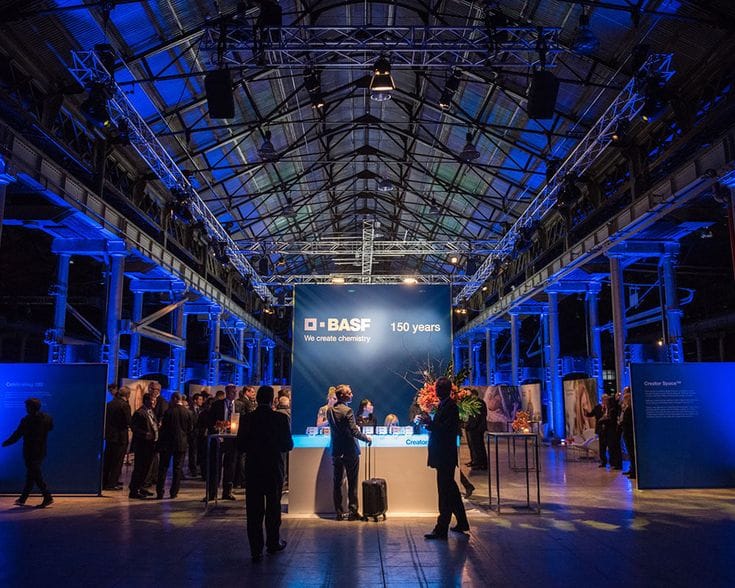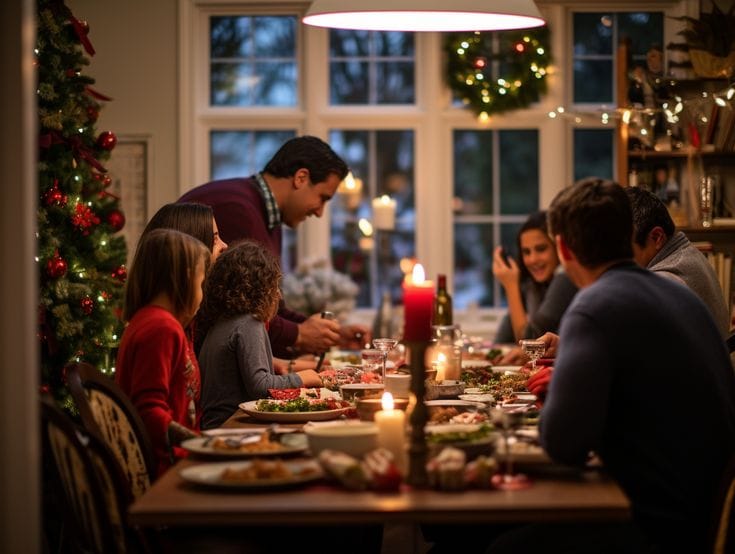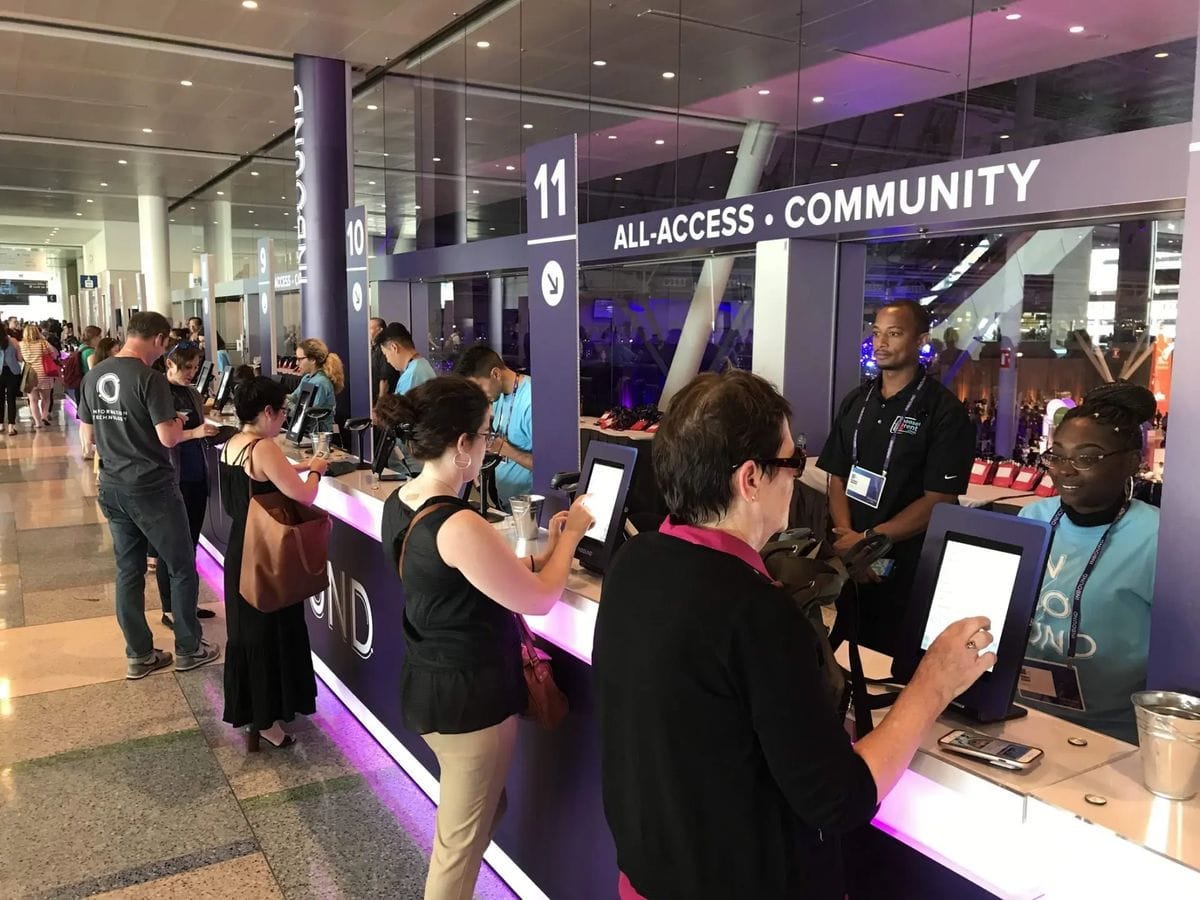In today's experience-driven economy, consumers are increasingly valuing quality over quantity. This shift has given rise to a compelling trend that's reshaping how brands, organizations, and individuals connect with their audiences: micro-events.
What Are Micro-Events?
Micro-events are intimate, carefully curated gatherings designed for smaller audiences—typically ranging from 5 to 50 participants. Unlike large-scale conferences or conventions that aim to attract hundreds or thousands, micro-events focus on creating deeper connections and personalized experiences that resonate with specific communities.
Why Micro-Events Are Transforming the Experience Landscape
1. Authentic Connection in a Digital World
In an era where digital interactions dominate, micro-events offer a refreshing opportunity for genuine human connection. With fewer participants, attendees can engage in meaningful conversations, build relationships, and network with purpose rather than getting lost in the crowd.
"The smaller the gathering, the bigger the impact of each interaction," notes experience design expert Sarah Chen. "When you're one of twenty instead of one of two thousand, your voice matters differently."
2. Hyper-Personalization at Scale
Micro-events allow organizers to tailor every aspect of the experience to the specific interests, needs, and preferences of their audience. From the venue selection to the agenda, catering choices, and interactive elements—everything can be customized to create moments that feel designed specifically for each participant.
3. Higher Engagement and Participation
Smaller settings naturally encourage higher levels of engagement. Participants at micro-events are more likely to:
- Ask questions during discussions
- Contribute to group activities
- Share personal insights and experience
- Fully immerse themselves in the experience
4. Lower Barriers to Meaningful Participation
Large events can be intimidating for many attendees, particularly those who are introverted or new to a community. Micro-events create safer spaces where diverse voices can be heard and valued, leading to richer discussions and more inclusive experiences.
5. Greater Exclusivity and Perceived Value
Limited availability naturally increases perceived value. When attendance is capped at a small number, invitations become more coveted, and the experience feels more exclusive. This exclusivity can translate into higher willingness to pay and stronger brand affinity.

Types of Micro-Events Finding Success
- Intimate Workshops and Master Classes: Skill-building sessions with direct access to expert.
- Brand Showcases: Exclusive product launches for select customers and influencers.
- Supper Clubs: Curated dining experiences combining culinary artistry with community building.
- VIP Behind-the-Scenes Tours: Offering access to spaces and processes not available to the general public.
- Mini-Retreats: Focused wellness or professional development gatherings in unique settings.
- Micro-Conferences: Single-track, highly focused professional events with curated attendee lists.
How to Create Impactful Micro-Events
1. Define Your Purpose with Precision
Begin with a crystal-clear understanding of what you want to achieve. Is it brand building, community development, education, or something else? The more specific your objectives, the more effectively you can design every element of the experience.
2. Know Your Audience Intimately
Success hinges on understanding exactly who your event serves. Go beyond basic demographics to uncover their passions, pain points, and what would constitute a transformative experience for them.
3. Curate Attendees Thoughtfully
Consider how participants will interact and what each person brings to the communal experience. The right mix of personalities and perspectives can create dynamic energy and meaningful connections.
4. Design for Interaction
The most memorable micro-events facilitate connection—between attendees, with the content, and with the environment. Create multiple touchpoints for engagement and leave room for spontaneous interaction.
5. Focus on Sensory Details
When working with smaller numbers, you can pay attention to details that would be impossible at scale. Consider how every sense will be engaged during the experience and look for opportunities to surprise and delight.
6. Create Moments Worth Sharing
Despite their intimate nature, micro-events can amplify your reach when participants become advocates. Design "Instagram moments" and shareable experiences that extend the event's impact beyond those physically present.
Measuring Micro-Event Success
While traditional metrics like attendance numbers become less relevant, other indicators grow in importance:
- Depth of engagement during the even
- Quality of connections formed
- Participant feedback and sentiment
- Post-event actions taken
- Word-of-mouth referrals
- Long-term relationship development
The Business Case for Going Small
Though micro-events reach fewer people directly, their ROI can actually exceed that of larger gatherings when you consider:
- Lower overall production costs
- Higher conversion rates for desired actions
- Stronger relationship building
- More qualified lead generation
- Enhanced brand loyalty and advocacy
- Valuable data collection opportunities

Looking Forward: The Future of Micro-Events
As consumer expectations continue to evolve, we can expect micro-events to become increasingly sophisticated and strategic. Emerging trends include:
- Hybrid micro-events with both in-person and virtual components
- Serialized experiences that build community over time
- Hyper-local gatherings that celebrate specific cultures and contexts
- AI-enhanced personalization of micro-event journeys
- Sustainability-focused intimate gatherings
Conclusion: Small Gatherings, Big Impact
In a world where attention is the scarcest resource, micro-events offer a powerful way to create meaningful connections and memorable experiences. By focusing on quality over quantity, brands and organizations can foster deeper engagement, build stronger communities, and create advocates who amplify their message far beyond the event itself.
When crafted with intention and executed with care, these intimate gatherings prove that sometimes the smallest events create the biggest impressions.


